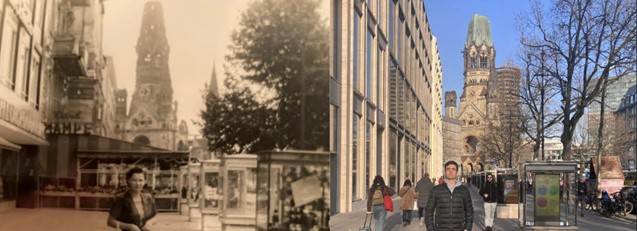
By Carlos B, Year 11 student
Eighty years ago, my great-grandmother found herself and her young family in Berlin at the height of the Second World War. The British had been bombing the capital of Nazi Germany since their first daring raid against the capital of Adolf Hitler’s Third Reich in August 1940, and in 1943 a massive raid by Royal Air Force bombers caused the virtual destruction of one of the most iconic landmarks in Berlin, the Kaiser Wilhelm Memorial Church. This neo-Romanesque church was gutted by fire bombs, and the spire partly collapsed. My great-grandmother had a photograph taken in front of this landmark in the summer of 1944, just before she fled Berlin for Spain with my Spanish great-grandfather and baby grandmother. This photograph has been in our family ever since, and stands as a testament to our connection with an important moment in history.
When we arrived in Berlin, I shared the photograph of my great-grandmother with my History teacher, Mr Rose, who was able to identify the church from its distinctive stunted spire. It just so happens that the church was maintained after the capture of Berlin by the Allies in its destroyed state to act as a memorial to the horrors of war. We were able to visit the site and identify that the original photograph was taken from the Kurfürstendamm, a popular Berlin boulevard with cafes and shops along its length. Using the original photograph, Mr Rose and I were able to recreate the image in the modern day, me the great-grandson, standing on the exact same spot as my great-grandmother, almost 80 years later to the day!
I want to take this opportunity to thank Mr Rose and the other staff on the trip, particularly Ms Nugent who was the trip organiser, for planning and leading such an enriching experience for the students in Year 10 to Year 13 who went to Berlin. We had such a great time, learning lots to enrich our understanding of the periods in history that we cover in the classroom, but also to deepen our understanding and connection with the past in ways that will have lifelong meaning, particularly for me and the subsequent generations of my family.
Por Carlos B, estudiante de Year 11
Hace ochenta años, mi bisabuela estuvo junto con su familia en Berlín, en plena Segunda Guerra Mundial. Los británicos habían estado bombardeando la capital de la Alemania nazi, la capital del Tercer Reich de Adolf Hitler, desde agosto de 1940, y en 1943 una incursión masiva de bombarderos de la Royal Air Force causó la destrucción de uno de los monumentos más emblemáticos de Berlín, la Iglesia Memorial Kaiser Wilhelm. Esta iglesia neorrománica fue destruida por las bombas incendiarias y la aguja se derrumbó parcialmente.
Mi bisabuela se hizo una foto delante de este monumento en el verano de 1944, justo antes de huir de Berlín a España con mi bisabuelo español y mi abuela, que era una niña pequeña. Esta fotografía ha estado en nuestra familia desde entonces, y es un testimonio de nuestra conexión con un momento importante de la historia.
Cuando llegamos a Berlín, compartí la fotografía de mi bisabuela con mi profesor de Historia, Mr. Rose, que pudo identificar la iglesia por su característica aguja. Resulta que, tras la toma de Berlín por los Aliados, la iglesia se mantuvo en su estado destruido como monumento conmemorativo de los horrores de la guerra. Pudimos visitar el lugar e identificar que la fotografía original fue tomada desde el Kurfürstendamm, un popular bulevar berlinés con cafés y tiendas. Con la fotografía original, Mr. Rose y yo pudimos recrear la imagen en la actualidad, yo, el bisnieto, en el mismo lugar que mi bisabuela, ¡casi 80 años después!
Quiero aprovechar esta oportunidad para dar las gracias a Mr. Rose y a todos los profesores que nos acompañaron al viaje, en particular a Ms. Nugent, que fue la organizadora del viaje, por planificar y dirigir una experiencia tan enriquecedora para los alumnos de Year 10 a Year 13 que fuimos a Berlín. Nos lo pasamos muy bien, aprendiendo muchas cosas para enriquecer nuestra comprensión de los períodos de la historia que vimos en el aula, pero también para profundizar nuestra comprensión y conexión con el pasado de una manera que recordaremos toda la vida, en particular para mí y las siguientes generaciones de mi familia.
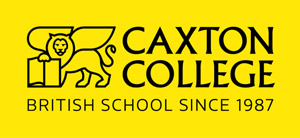
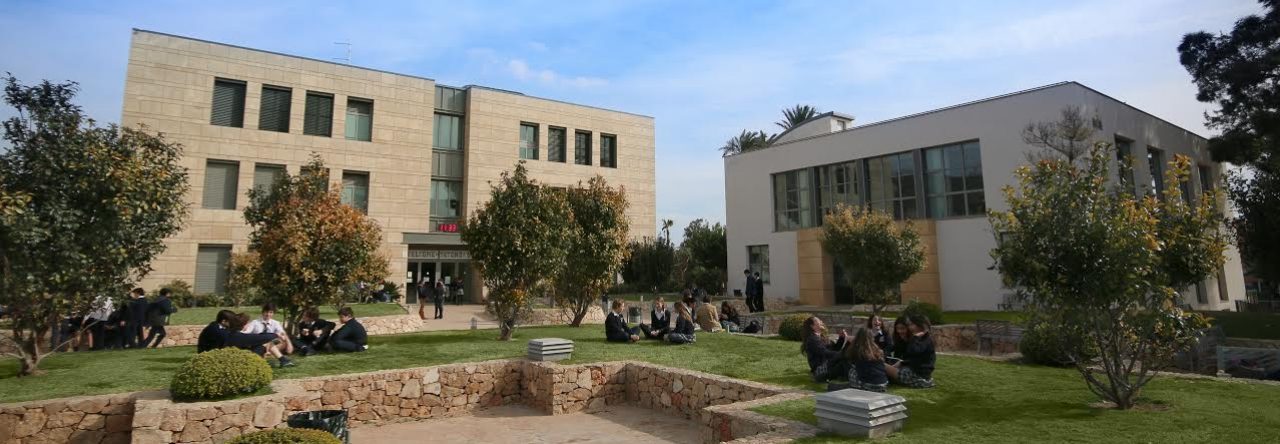
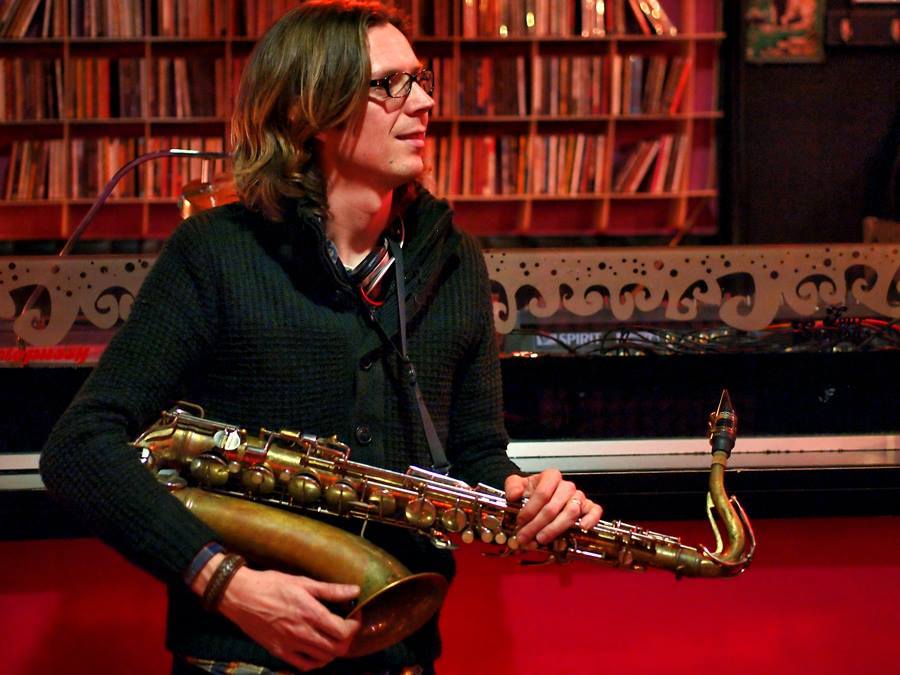
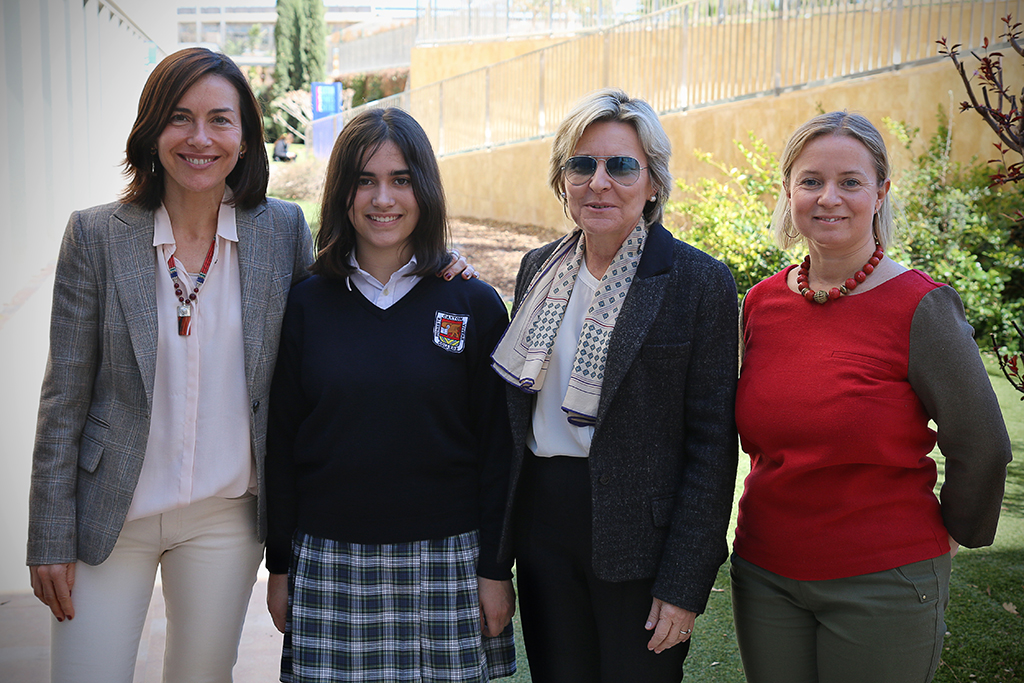
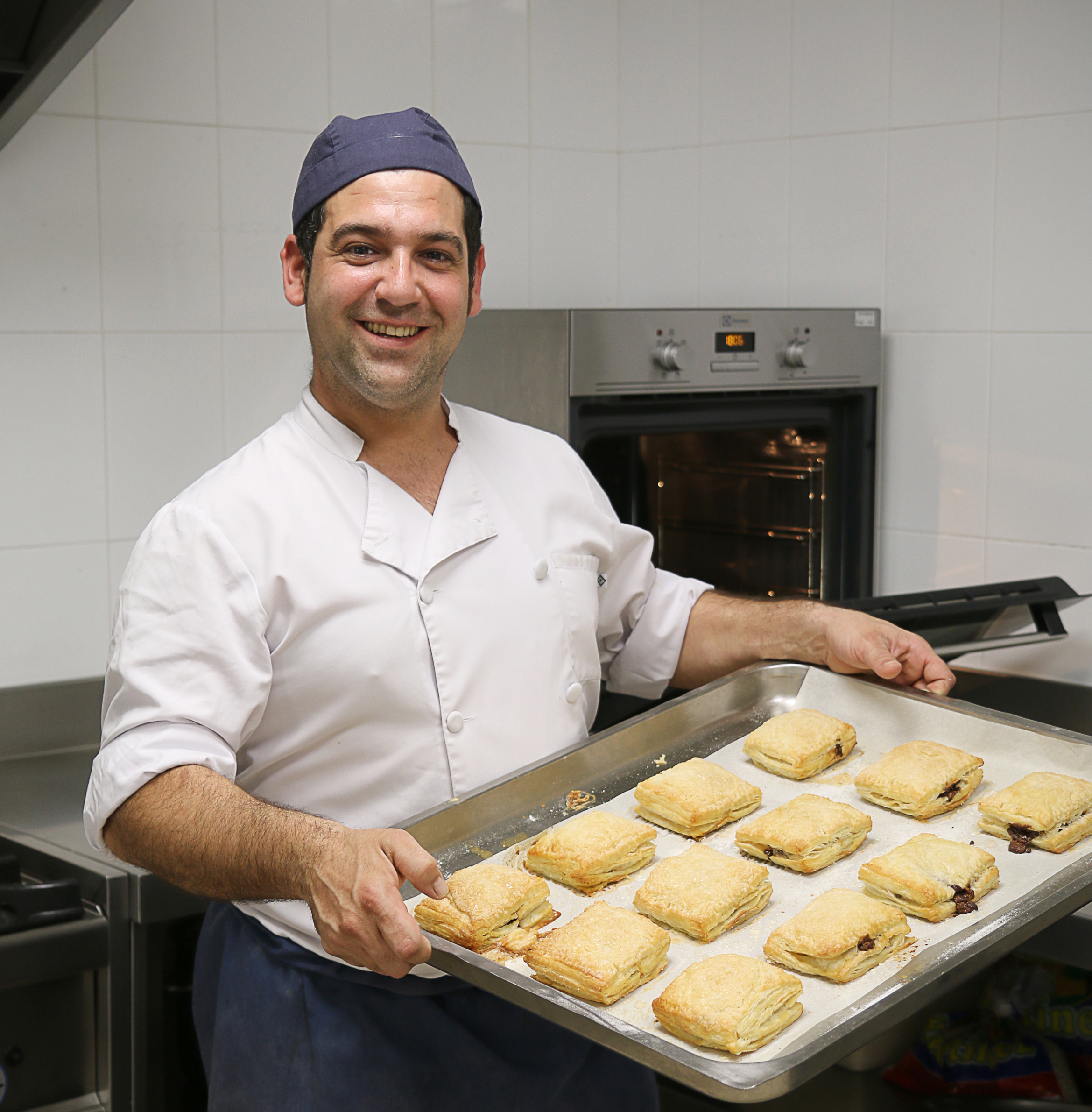
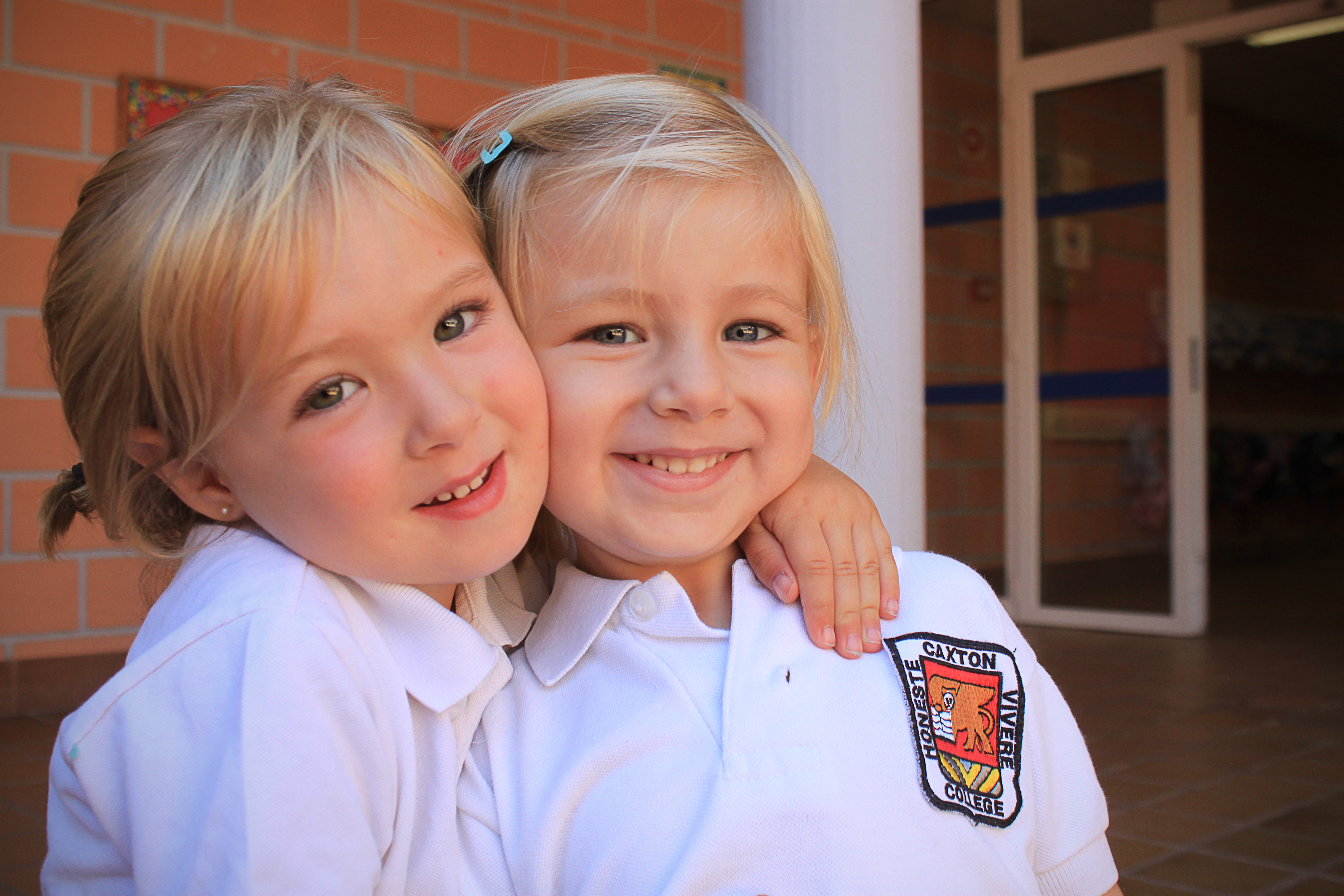
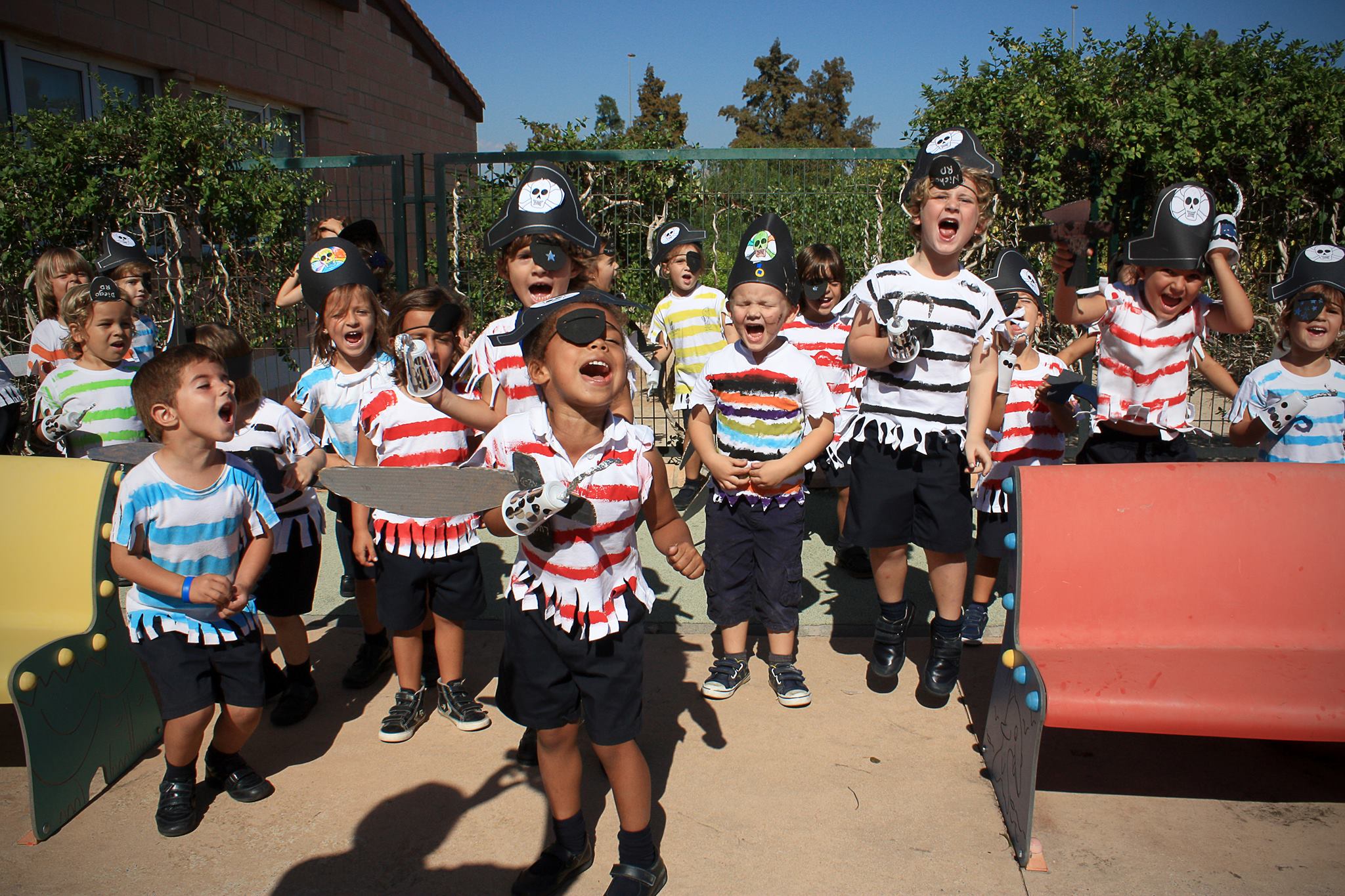
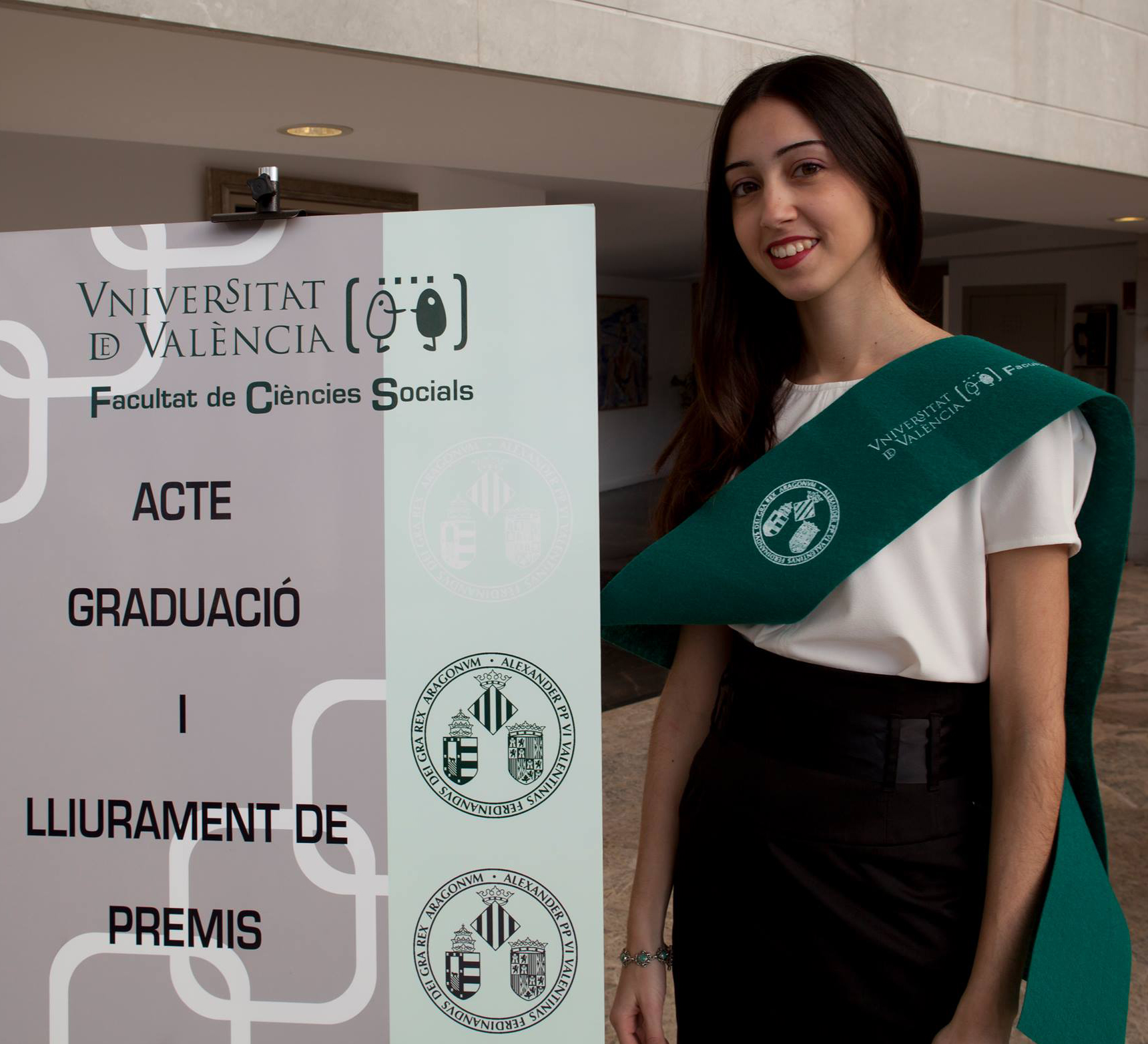
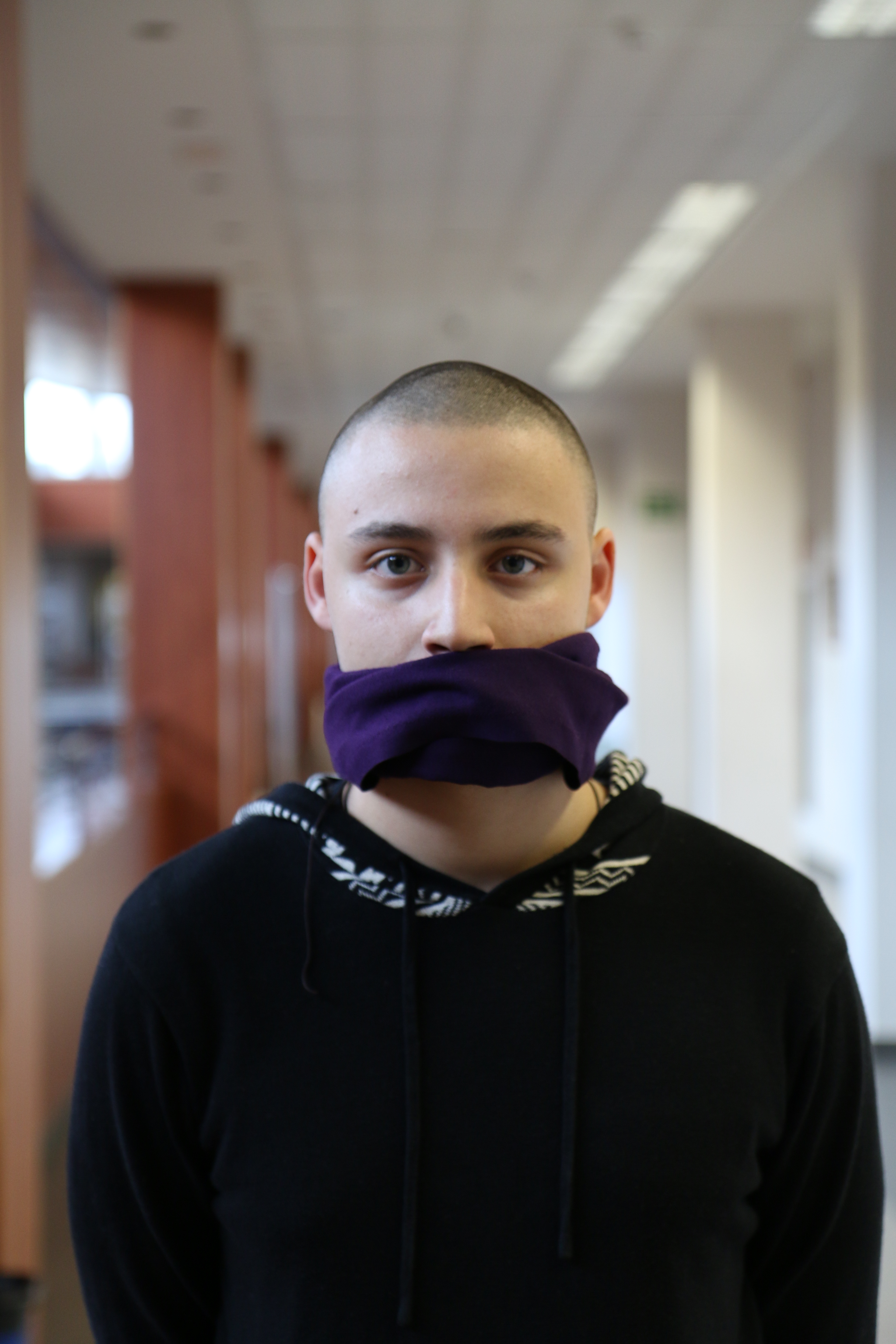
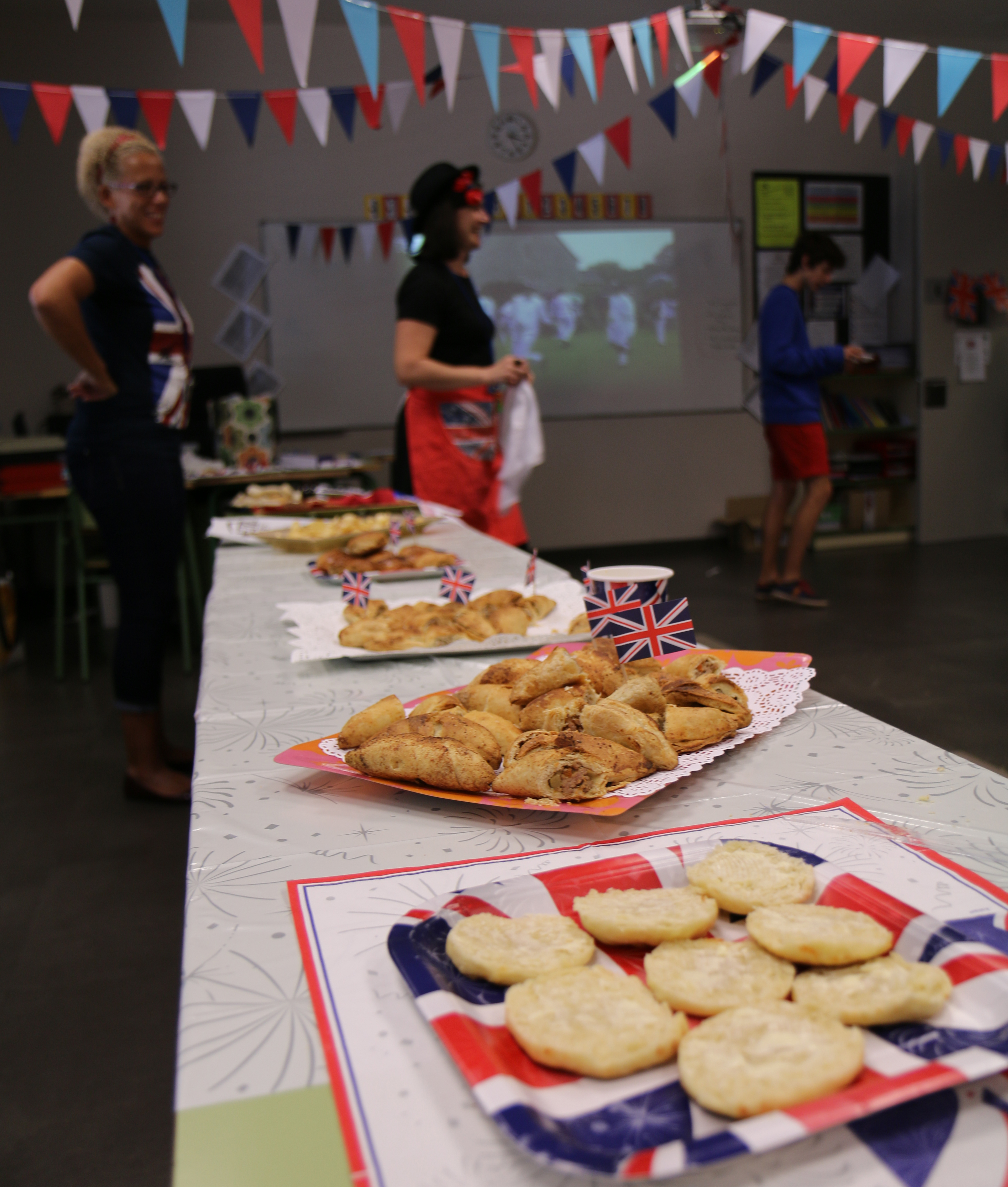

Leave a Reply